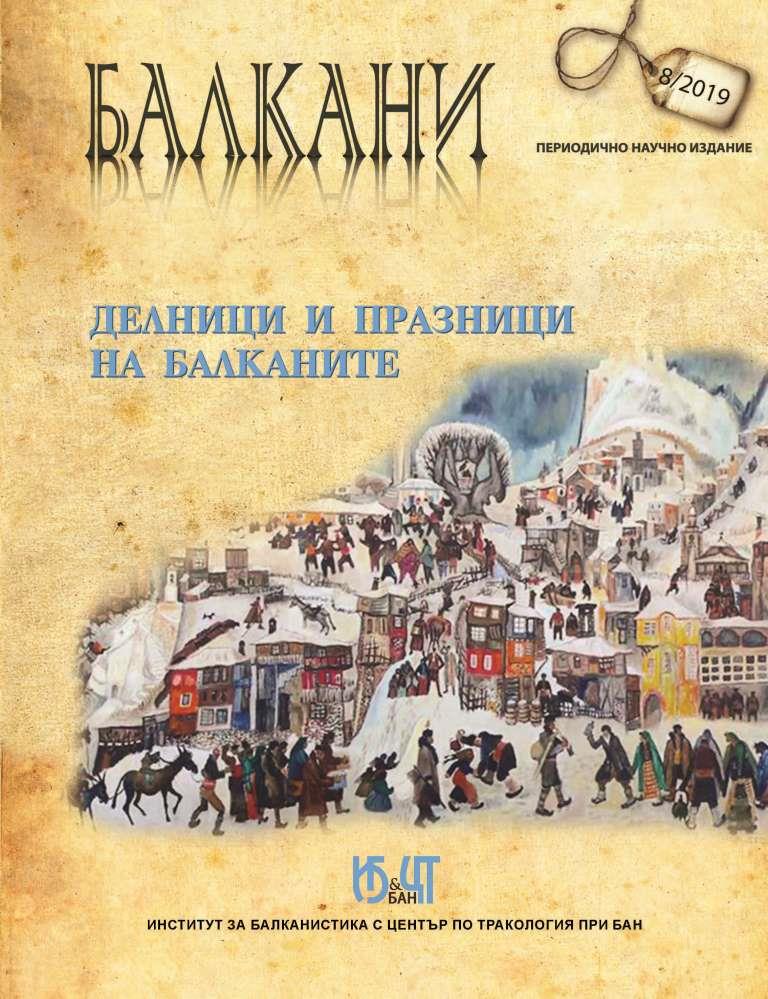ЕДИН ДЕН И ЕДИН МЪЖ В КЛАСИЧЕСКА АТИНА
ONE DAY AND ONE MAN IN CLASSICAL ATHENS
Subject(s): History, Anthropology, Social Sciences, Cultural history, Customs / Folklore, Ancient World, Cultural Anthropology / Ethnology, Culture and social structure Published by: Институт за балканистика с Център по тракология - Българска академия на науките
Keywords: Athenian polis; Athenian citizen; man-centred patterns of behavior; agora; gymnasion.
Summary/Abstract: The ancient Hellenic world during the Classical Era was clearly divided into public and private, and in that division the private sphere belonged in principle to women, and the public – to men. The sphere of men was closely related to politics; in particular, it associated politics and the social context of the feast. The free man – citizen, καλός τὲ κἀγαϑός, “beautiful and noble, virtuous” – stood in the ideal centre of the classical Hellenic world in which Athens was the most visible polis. That was a society with a focus on men, a society that built and generated man-centred patterns of behaviour and forms of art. And if this perfection in life and art was defined in opposition to that which was neither “good” nor “beautiful”, nor free, nor Hellenic, neither male nor human, then everything beyond these categories falls into the deformed discourse of Otherness, exemplified in specific stereotyped models of the comedic discourse. The article follows the daily life of an average Athenian citizen in a day that was not festive and did not have a meeting at the Assembly or Ecclesia (it met every 10 days!) or the Boule (the Council of the 500). The rhythm of the meal largely predetermined the rhythm of the everyday life of the ancient Athenian man. Central to his daily life were home, agora and gymnasion.
Journal: БАЛКАНИ
- Issue Year: 8/2019
- Issue No: 1
- Page Range: 5-19
- Page Count: 15
- Language: Bulgarian
- Content File-PDF

